Finding out about Curaçao’s educational system is like starting a fascinating trip through the history and cultural diversity of the island. In this guide to the Curaçao education system, we unravel the structure, policies, and outcomes that shape the learning experience of its diverse population.
From the multilingual classroom dynamics to the inclusive approach championed by the island, we delve into the challenges and triumphs of education in Curaçao.
Join us as we explore the island’s commitment to accessible, quality education, its ambitious plans for the future, and the impact of global events, such as the COVID-19 pandemic, on its educational journey.
Overview of the Curacao Education System
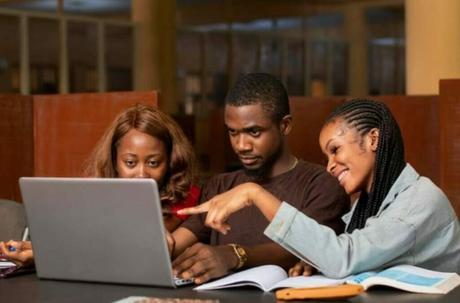
Curaçao’s education system is a testament to the island’s complex history and diverse cultural influences. The system mirrors the Dutch structure, reflecting the island’s historical ties with the Netherlands. The primary education spans six years, leading to a two-phase secondary education system. The latter includes junior secondary education (four years) and senior secondary education (two to three years). The most significant feature is its multilingual nature, with Papiamento, English, Dutch, and Spanish being the languages of instruction.
However, this complex language situation comes with its own set of difficulties. Language choice in classrooms often becomes a matter of socio-political debate, shaping the education policy landscape. But regardless of their language background, all Curaçao students should have access to a high-quality education because it is the island’s pledge at the core of its educational system.
In terms of its structure, Curaçao follows a comprehensive system, segregating academic and vocational tracks only at the higher secondary level. The island’s rich cultural legacy is shown in the heavy focus on arts and cultural education. A characteristic feature is the school meals program, serving nutritious meals to children, underlining the government’s focus on holistic child development.
The University of Curaçao, which offers a variety of degrees, as well as vocational and teacher training institutions make up post-secondary education. The island also encourages students to pursue higher education in the Netherlands, fostering a mutually enriching educational exchange.
Educational Policies
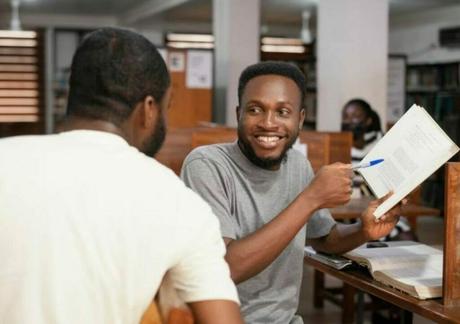
The island’s commitment to offering high-quality education to all of its citizens has influenced Curaçao’s educational policy. A crucial cornerstone of these policies has been the 2017 national education law, “Landsverordening Funderend Onderwijs.” It aims to create a comprehensive, child-centric learning environment that nurtures each child’s individual abilities.
The law laid the groundwork for many reforms, including changing the language of instruction in schools from Dutch to Papiamento and English, a reflection of the island’s multicultural and multilingual reality. This shift acknowledges the local language’s value, instilling a sense of pride and identity among students, besides catering to the linguistic needs of the majority of the island’s population.
A significant area of focus has been inclusive education, with policies designed to cater to students with special educational needs. Legally, schools must give these pupils the materials and assistance they need to fully participate in the educational process. This inclusive approach encompasses gender, racial, social and economic backgrounds in addition to special needs.
Curaçao’s education policies also emphasize the role of technology in learning. Recognizing the digital era’s demands, the government has launched initiatives to integrate ICT in education. Schools are being equipped with digital resources, and teacher training programs are incorporating ICT-based teaching strategies.
Outcomes and Challenges
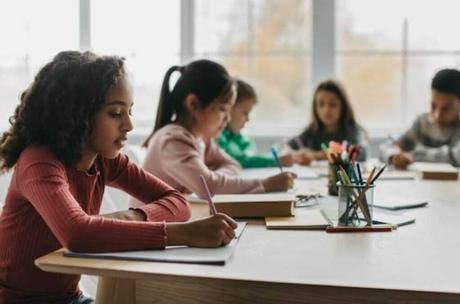
While Curaçao’s education system has many commendable aspects, it faces certain challenges. Notably, the outcomes of the system vary, with some students achieving excellent academic results while others struggle. The multilingual nature of the system, while enriching, can also be a source of complexity and confusion, affecting learning outcomes.
A significant issue has been the high dropout rates, particularly among boys. Socioeconomic factors and lack of motivation often contribute to this problem. Interventions are necessary to keep these students engaged and help them realize their potential.
The scarcity of teachers is another problem facing the educational system. Attracting and retaining quality teachers, especially for the critical subjects of maths and sciences, is a challenge. Despite ongoing efforts, there’s a need for more substantial, long-term solutions.
On the flip side, the system has had positive outcomes. The emphasis on inclusive education has fostered a learning environment that celebrates diversity and ensures equitable access to education. Also, the government’s ICT initiatives have begun to transform classrooms, preparing students for a digital future.
While Curaçao’s education system has many commendable aspects, it faces certain challenges. Some of the outcomes and challenges associated with the system are:
Outcomes
- Excellent academic results achieved by some students.
- Inclusive education fostering a learning environment that celebrates diversity.
- Equitable access to education due to the emphasis on inclusivity.
- Government ICT initiatives transforming classrooms and preparing students for a digital future.
Challenges
- Varying learning outcomes among students, with some struggling academically.
- Complexity and confusion due to the multilingual nature of the system.
- High dropout rates, particularly among boys, influenced by socioeconomic factors and lack of motivation.
- Teacher shortages, especially in critical subjects like maths and sciences, affecting the quality of education.
- The need for more substantial and long-term solutions to attract and retain quality teachers.
Future Plans
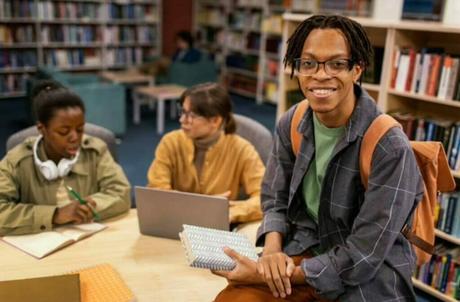
Looking ahead, Curaçao has ambitious plans for its education system. One of the main objectives is to lower dropout rates and improve student performance. To achieve this, the government plans to enhance career guidance in schools, create more engaging learning environments, and strengthen support for students with learning difficulties.
Another goal is to strengthen the teacher workforce. This involves improving teacher training programs, introducing better incentive schemes, and fostering professional development opportunities. The government recognizes that empowered, motivated teachers are key to improving education outcomes.
The government also aims to enhance ICT integration across all schools. The vision is to create digitally competent citizens who can contribute effectively to a knowledge-based society. This involves investing in infrastructure, training teachers, and developing ICT-based curricula.
The creation of a more diverse and egalitarian educational system is also emphasized.Regardless of a child’s unique circumstances, the government intends to continue pushing inclusive education policies to ensure that all have access to high-quality education. This embodies the spirit of Curaçao – diverse, inclusive, and forward-looking.
International Influence

The education system in Curaçao has been significantly influenced by its international ties, particularly with the Netherlands. As a former Dutch colony, Curaçao maintains strong connections with the Netherlands, which have shaped its educational framework. The Dutch influence is most evident in the language of instruction, as Dutch is widely used in schools and universities.
The education system in Curaçao follows the Dutch model, incorporating similar curricula, teaching methods, and examinations. Additionally, students from Curaçao have the option of pursuing higher education in the Netherlands, giving them access to a greater selection of academic resources and programs. This international influence has contributed to the overall quality and competitiveness of the education system in Curaçao.
Impact of COVID-19
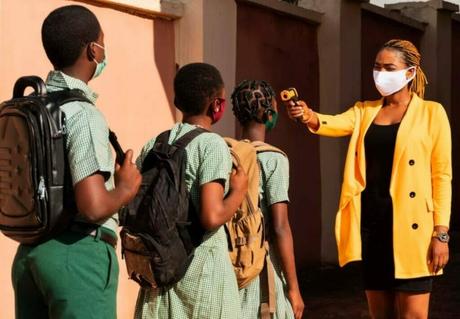
The global COVID-19 pandemic has had a profound impact on the education sector in Curaçao, as it has in many parts of the world. Schools and universities faced temporary closures to curb the spread of the virus, leading to disruptions in learning. Remote learning became the primary mode of education during lockdown periods, presenting significant challenges in terms of access to technology and internet connectivity, particularly for students from disadvantaged backgrounds.
The pandemic also highlighted existing educational inequalities, with some students struggling to adapt to online learning while others thrived. As schools gradually reopened with safety measures in place, a blended learning approach combining online and in-person instruction was adopted to ensure continuity of education. In order to increase resilience in the face of upcoming upheavals, investments in digital infrastructure and educational resources are now more important than ever.
Educational Statistics
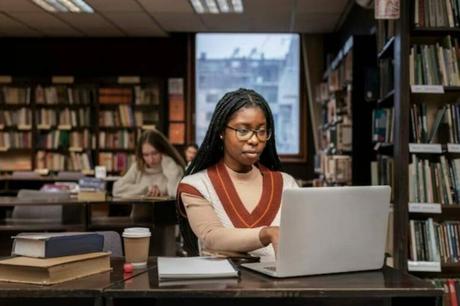
When examining educational statistics in Curaçao, several key indicators provide insights into the state of the education system.
The literacy rate in Curaçao is now over 95%, according to the most recent data, showing a high level of literacy among the population.
With virtually all children attending elementary school and a sizeable fraction moving on to secondary education, school enrollment rates are also very high.
However, there are still challenges regarding the completion of secondary education, as the graduation rate remains a concern. Through targeted interventions and educational changes, attempts have recently been undertaken to address this problem and raise graduation rates. Vocational and technical education is also receiving more attention to improve employability and fill skill gaps in the job market.
Overall Education System
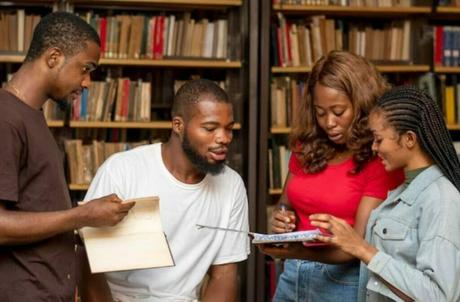
The Curaçaoan educational system works to give all of its residents access to a high-quality education and equitable opportunity.Its foundation is a thorough curriculum that covers academic disciplines as well as social and cultural development. The system places importance on bilingual education, with instruction in both Dutch and Papiamento, the local language. Technology integration initiatives are being undertaken to improve student digital literacy.
Curaçao also benefits from partnerships and collaborations with international organizations, such as UNESCO, to promote educational initiatives and exchange knowledge. A more inclusive and effective system that equips students for the demands of the 21st century is the goal of continuous reforms and investments, even though the education system faces issues linked to funding, infrastructure, and educational inequities.
FAQ
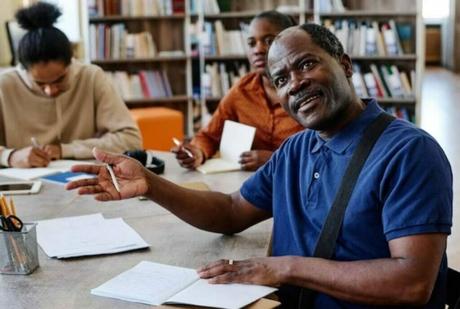
How is the education system in Curacao?
Curaçao’s broad and well-organized educational system provides a wide range of educational options. It adheres to a primary education cycle of six years and a secondary education cycle of four to five years. The system places emphasis on inclusive education, celebrating diversity and ensuring equitable access to learningDespite obstacles including uneven learning results and a lack of teachers, attempts are being made to solve these problems and raise the standard of education as a whole.
Is education free in Curacao?
For pupils attending public schools, education in Curaçao is mostly sponsored by the government and is regarded as free. This includes primary and secondary education. However, there can be some additional expenses for textbooks and extracurricular activities. Private schools in Curaçao may charge tuition fees, but scholarships and financial aid options are available to support students who may face financial constraints.
What language is taught in Curacao schools?
In Curaçao schools, the primary language of instruction is Dutch. The curriculum is primarily delivered in Dutch, and students are expected to develop proficiency in the language. However, given the multicultural nature of Curaçao, other languages such as Papiamento and English are also taught to varying degrees. Papiamento, a Creole language, holds a special significance as it is widely spoken and serves as a means of cultural expression for the local population. English is introduced as a subject in schools and is increasingly emphasized to prepare students for global communication and opportunities.

